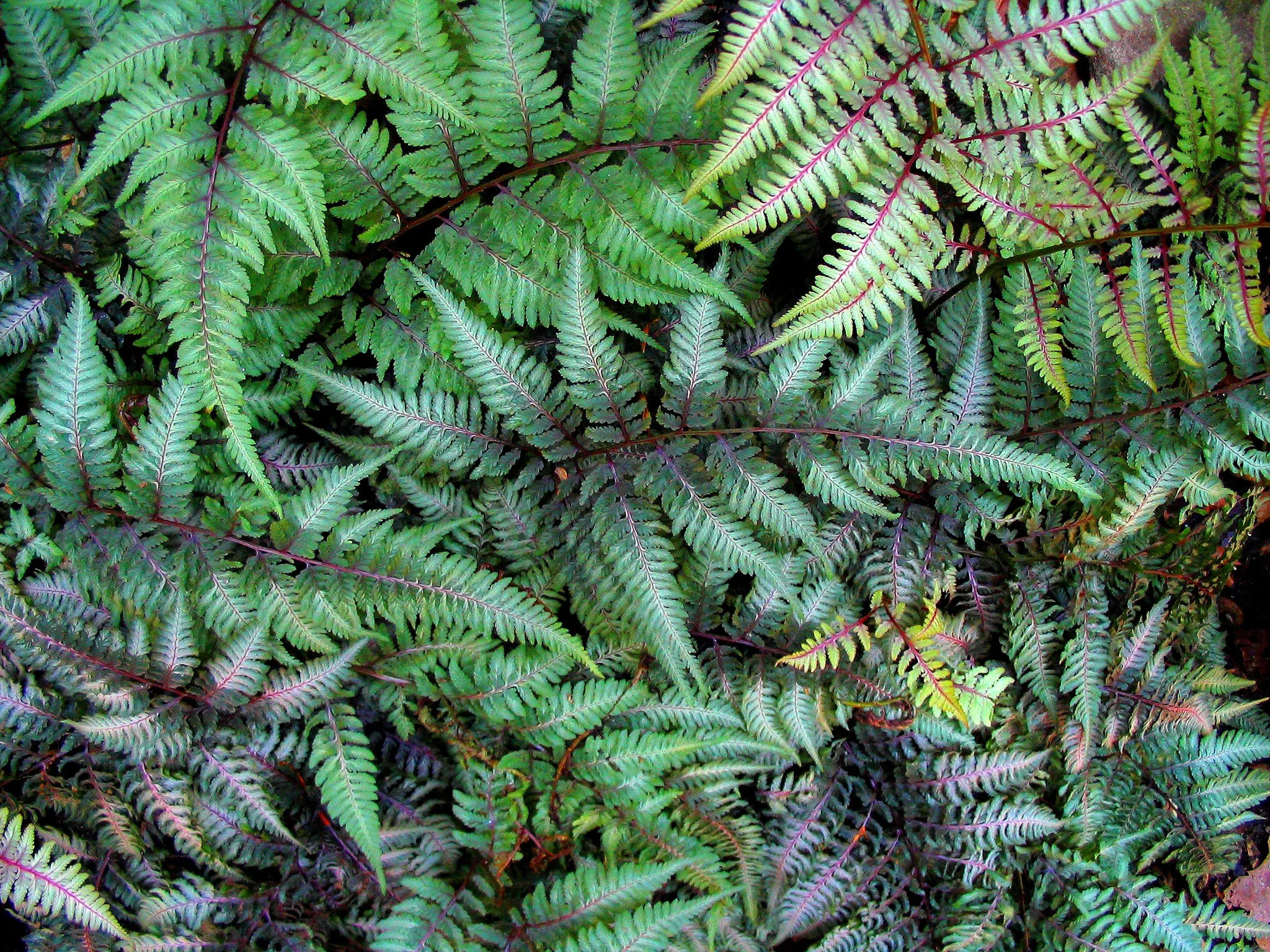Now that's shady !
The impossible dream
If you cant keep anything alive (let alone grow) in a dark shady garden then listen up – we have a few choices for you that we have tried in our gardens for many years, and are very happy with the results. They hold up well without much effort - certainly proven winners !
A spectacular shady garden
What does shade mean
Everyone you talk to clearly understands the meaning of shade. Most also have a hard time defining it in terms of plant needs. We draw the line in the sand at 300 foot candles and below - and define shade that way.
Foot candles are a measurement of the number of photons (energy particle) from the sun that strike a leaf. These are responsible for activating the chlorophyll and starting the photosynthesis cycle - the chain of reactions that eventually produces sugar.
A foot candle light meter
When you go below 300 foot candles of light (my definition of a dark garden) there is so little light energy striking any leaf that plants produce too few sugar molecules. The simply use up their stored calories ( sugar and starch) then wither away.
Light rays (photons!) striking a leaf
When a plant has a sugar deficit it gets weak really quickly. Insects and/or a disease may even strike before they have finished using up their stored food. Simple reason – a weakened metabolism.
The hurdle
Having a successful shady garden is all about overcoming 2 things – tolerance to low foot candles, and low susceptibility to pests. There are not a huge amount of plant choices that have both conditions - but I bet more than you thought!
Perhaps the only other consideration is that you will have to give up the day dream of that English cottage look – and instead embrace the beauty and simplicity of these hardy plants. But don't despair ! – there are plenty that have colorful foliage and flowers to brighten up the day !
It is quite important to take into consideration their susceptibility to pests. Otherwise you will be fighting the natural environment. Example : Some shade tolerant Azalea would possibly work in a 300 fc garden - but they get spider mites quickly - and look terrible even quicker ! And god forbid - you only other choice would be spraying them forever!
Proven winners
Choosing a plant that is both super low light tolerant and not prone to insects and diseases is the best way we have found to have a successful shady garden. Here are Plant Specialists suggestions - based on decades of gardening in all different conditions.
Tall up to 8'
Mahonia
An evergreen Shrub to 8'. It is a slow grower with dark green leaves - also bright yellow flowers and blue berries! There are many species and varieties available. My favorites are “M. aquifolium and M japonica.
Mahonia aquifolium in bloom
The long floral spikes of Mahonia japonica
Mahonia blue berries !
Aucuba
Also an evergreen Shrub. Grows to 5' with a slew of varieties available. Some in, green, variegated and yellow leaf varieties - even dwarf ones available.
Solid green leaves - with red berries !
Variegated leaves
Polka dots !
Golden
Kalmia
Mountain laurel is one of my shade favorites - Kalmia latifolia. It's a deep forest plant that grows to 8'. There are many new varieties come with flowers in all sorts of colors – my personal favorite – K. l. “Tinkerbell” - google it !
Mountain laurel
Kalmia l "Tinkerbell" - dwarf habit
Taxus
The core of any shade garden - Taxus densiformis. It a weeping low light tolerant variety that grows to 4'. It is NOT a needled evergreen (like pine) - it just has really thin leaves !
Common yew
Short – up to 2'
Japanese painted fern (Athyrium)
Athyrium - or Japanese painted fern
Pulmonaria (lungwort)
Pulmonaria or lungwort
Helebore (Lenten rose)
The ever beautiful Hellebores - or Lenten rose
Asarum (Wild ginger)
Asarum canadenses
Polygonatum (Solomons' seal)
Solomons' seal – Polygonatum
Dicentra (Bleeding hearts)
My favorite - chartreuse leaves with pink flowers – many other varieties available
Aquilegia (Columbine)
One of many colors available
Hosta (Plantain lily)
Hosta hybrid – giant, mini, variegated - tons of choices
Mix a bit of all of them and make a lovely colorful shade garden !
You may have to plan it out on paper first – or have one of our designers at Plant Specialists do that for you !
For the prettiest shade garden ever - Call Plant Specialists TODAY !
Don't delay – the sooner the better !
GREENING NEW YORK FOR OVER 51 YEARS !
Article written by our Staff Horticulturist, Peter B Morris, BSc, MSc, MBA
All photographs used with permission from @SHUTTERSTOCK






















